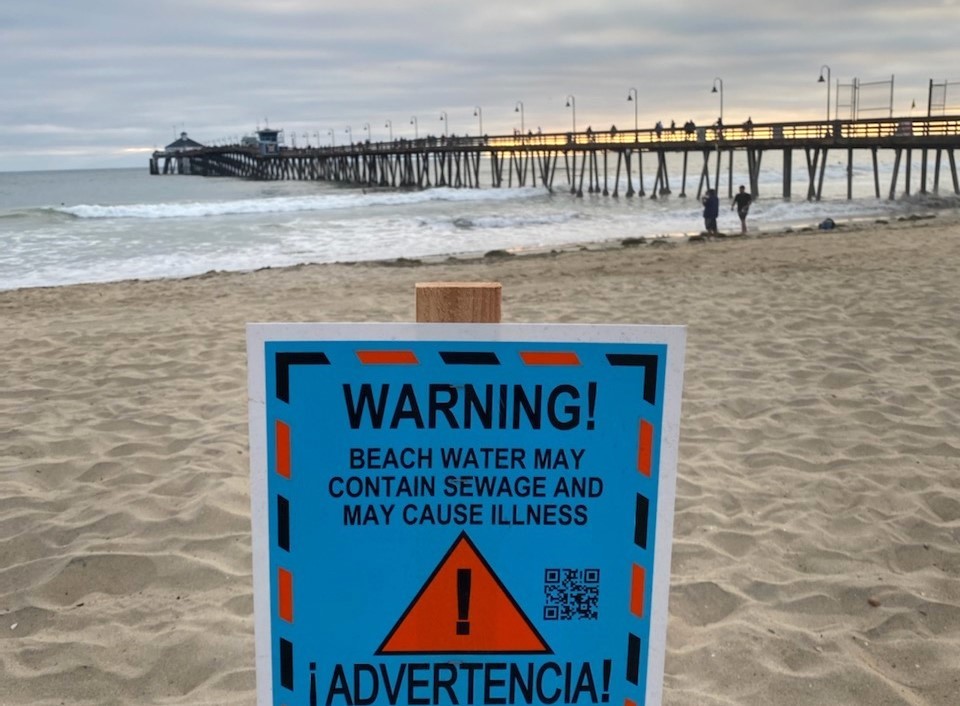CORPUS CHRISTI, Texas — The Texas General Land Office’s Texas Beach Watch program monitors 172 sites along 61 recreational beaches across the state’s coast.
According to the Texas GLO, water samples are collected and analyzed every week during peak beach season from March through October.
They are sampling for a fecal indicator bacteria that could lead to local governments warning the public not to swim in those areas.
“For us it’s the health department who goes out and collects the samples on a daily basis, and you see their presence a lot more during Spring Break and in the summer out there on the beach,” Nueces County Coastal Parks Director Scott Cross said.
Cross said the Texas GLO’s Beach Watch program has been going on since before he got there 15 years ago. It is funded by the Environmental Protection Agency and passes through the GLO to local jurisdictions. Cross said if there’s a bacteria hotspot, his department will put up signs across Mustang and Padre Island to notify beachgoers.
“There could be a potential elevated bacteria, you know, in the water at that specific location. It doesn’t mean the entire beach is in that sort of shape, it just means that location,” Cross said.
On the Texas Beach Watch website, a map shows where samples are collected across the state’s coast. Those samples are brought to a lab and the results are sent to someone like Cross. The colors on the map indicate a certain level of fecal indicator bacteria. Green is low, yellow is medium and red is high. There are certain events that Cross said can contribute to the level.
“Typically, we don’t see a lot of spikes along the Gulf facing beaches unless we have a major rainstorm, we can see it after that, or we have a large sargassum event,” Cross said.
There is water sampling across the Coastal Bend, like in Little Bay in Rockport and Cole Park in Corpus Christi. When an area is red, he said it can sometimes go back to green within 24 hours. He explained every beach has different conditions that can influence it.
“The water, the tides, it’s always moving, always changing,” Cross said. “Things could be one thing this hour, and two hours from now, it could be something totally different. It’s such a dynamic environment out there.”
People can still use a beach with a water quality advisory as long as local authorities do not close it. But, the Texas GLO discourages water contact until the advisory is cancelled. An advisory lasts at least 24 hours but can be extended depending on bacteria levels.
Source : News



























